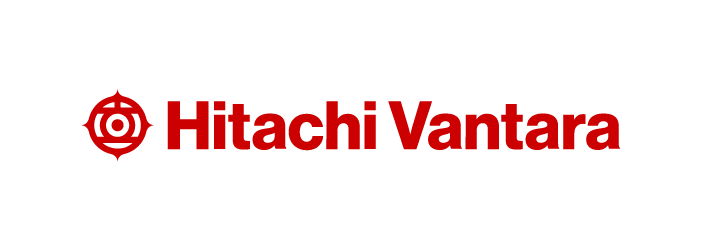Companies that do an exceptional job of managing their data are positioned for success in the digital economy. Comprehensive data management across core, cloud, and edge IT infrastructure facilitates data-driven operations that increase competitiveness enterprise-wide.
All companies’ data practices, of course, must also comply with relevant regulations and internal security policies. Managing and mining numerous data stores that span private data centers, public clouds, and internal fiefdoms have traditionally been easier said than done. However, modern DataOps platforms are emerging to ease the task.
Getting There from Here: The DataOps Path
The foundation of exceptional data management is the data fabric, an enterprise-wide data capture, cataloging, management, and delivery system. Fabrics such as those built on the Hitachi Lumada DataOps platform simplify data sprawl by integrating data visibility and access across an organization’s on-premises and multicloud infrastructure. Data fabrics use abstraction and automation to mask the complexities of verifying, retrieving, moving, and securing data stored in dissimilar formats across repositories.
To build a data fabric, Hitachi experts advise first creating an organization-wide plan for the business outcomes you want to achieve. From there, work backward to modify not only your IT technology but also the people and processes that support it. Hitachi refers to this cross-discipline activity as “DataOps.”
DataOps encourages collaboration for consistent goal-setting, the continuous delivery of data-driven insights, and automating workflows across functional areas. Its high-level purpose is to “align data-driven objectives across the organization so that people, processes, and technology are not in conflict with each other,” explains Paige Bartley, senior research analyst at 451 Research, part of S&P Global Market Intelligence. This way, she adds, data can become “a common resource for the enterprise.”
Cultural Challenges
Fostering collaboration among IT and business stakeholders needs championing by C-level executives who drive employee education on breaking down data access barriers. For example, it’s important to collectively identify the story or stories the business wants to tell with its data.
Stories could include how to unlock new levels of cost containment within the company or discover an untapped market. From there, the teams can identify which data contributes to those stories, what processes and technologies are needed to get the data in the right structure, and the skills needed to execute the strategy at scale.
These activities all represent change, which is difficult for any organization. The potential for reward, however, is high and will expand as data is continually converted into a valuable resource that drives innovation, automation, and competitiveness company-wide.
Hitachi Lumada DataOps solutions help enterprises excel at data management with an integrated software platform that automates collecting, unifying, governing, and publishing trusted data. Lumada software provides the building blocks of a comprehensive data fabric that allows businesses to interpret their data and harness it strategically. Learn more about Lumada.
Image Credit: Hitachi Vantara / Getty Images

